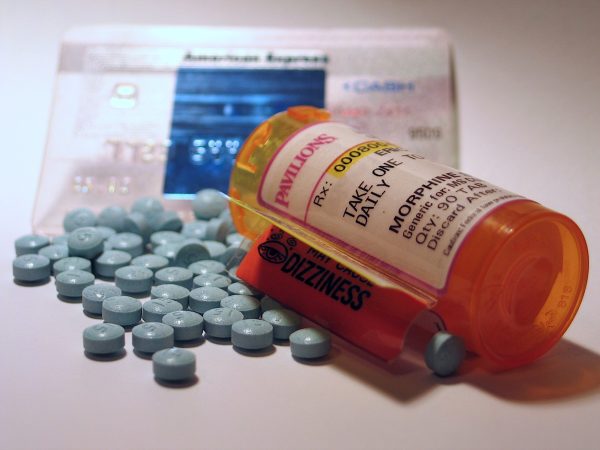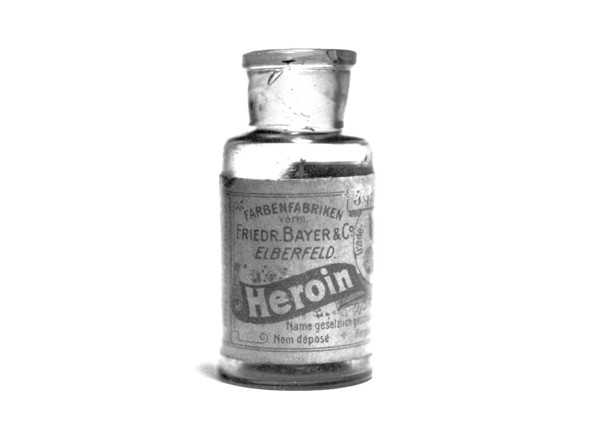

On Thursday, the U.S. Food and Drug Administration approved an implant designed to treat opioid dependence.
Called Probuphine, the implant is injected under the skin of the upper arm as a new method of administering buprenorphine. Previously, the drug was taken as a pill, or a film that dissolves in the patient’s mouth. Pills and films are only effective as long as they are taken correctly, though, and the FDA notes that they can often be stolen, lost, or forgotten. Instead, the impact will provide a steady dose of buprenorphine over a six-month period.

The implant is a series of four one-inch rods and must be inserted (and later removed) by a trained medical professional. It was tested in a randomized clinical trial, and the FDA says that it’s appropriate for adults who have previously taken buprenorphine.
This FDA approval is part of the steps the Administration has been taking to temper the opioid addiction crisis. “Scientific evidence suggests that maintenance treatment with these medications in the context of behavioral treatment and recovery support are more effective in the treatment of opioid use disorder than short-term detoxification programs aimed at abstinence,” director of the National Institute on Drug Abuse at the National Institutes of Health Nora Volkow said in a press release. “This product will expand the treatment alternatives available to people suffering from an opioid use disorder.”







